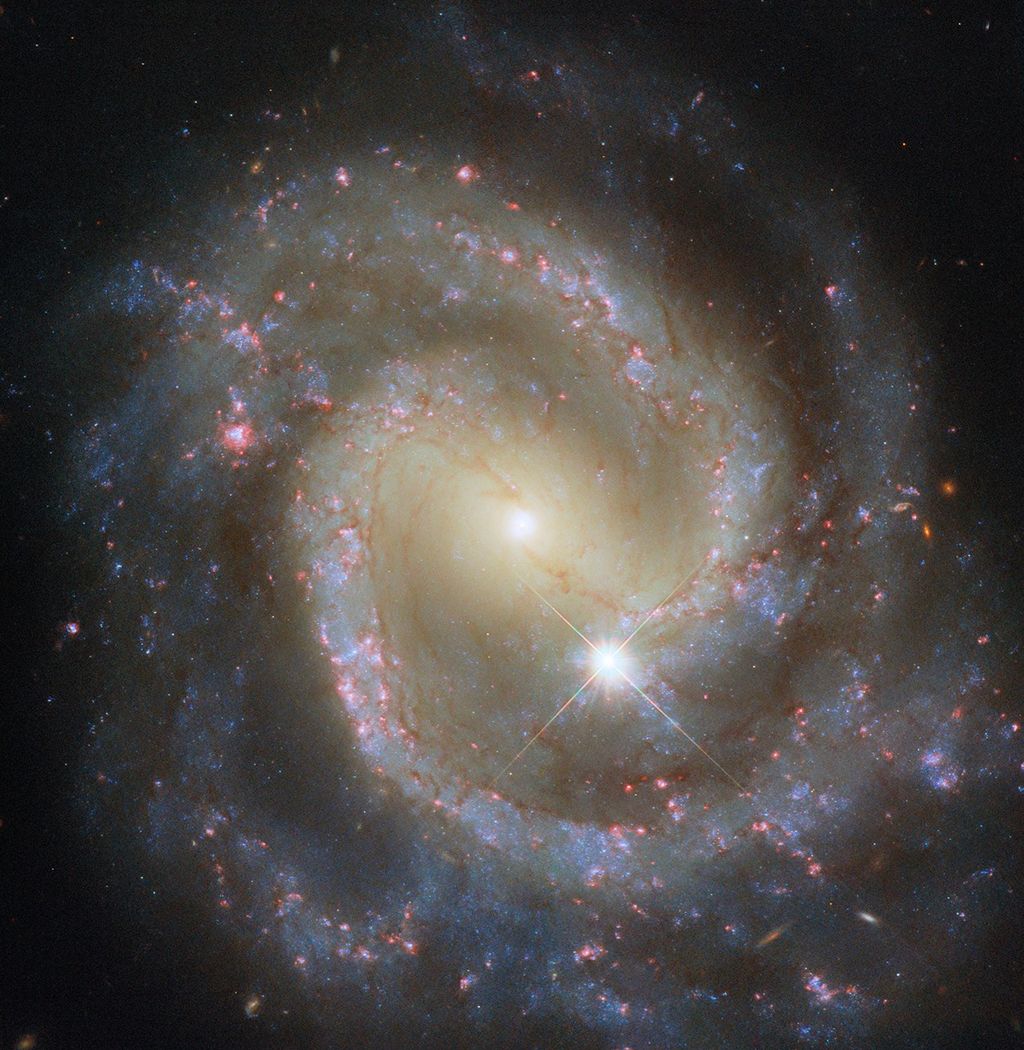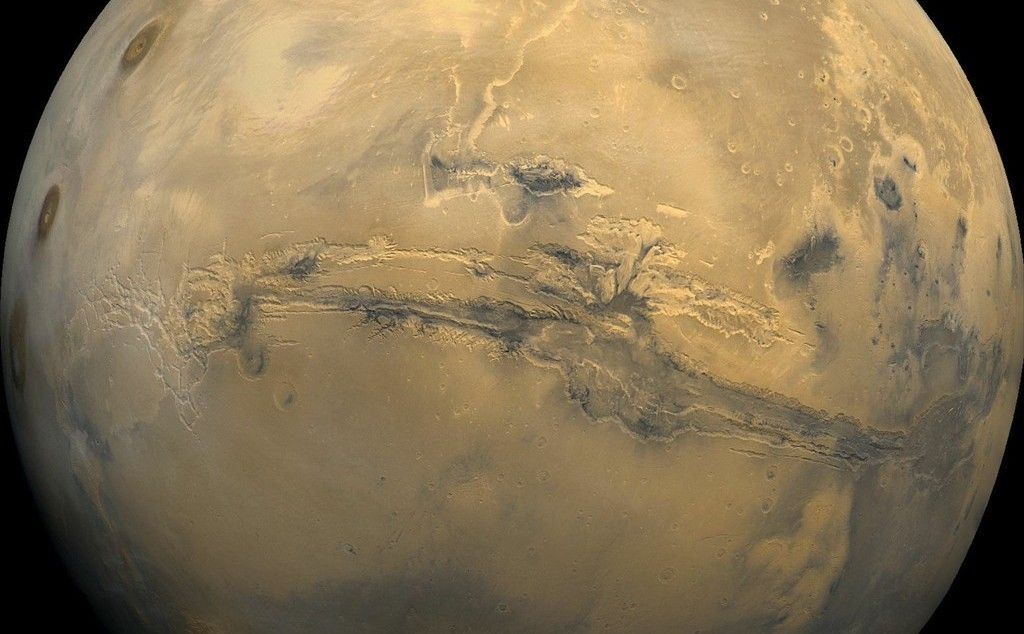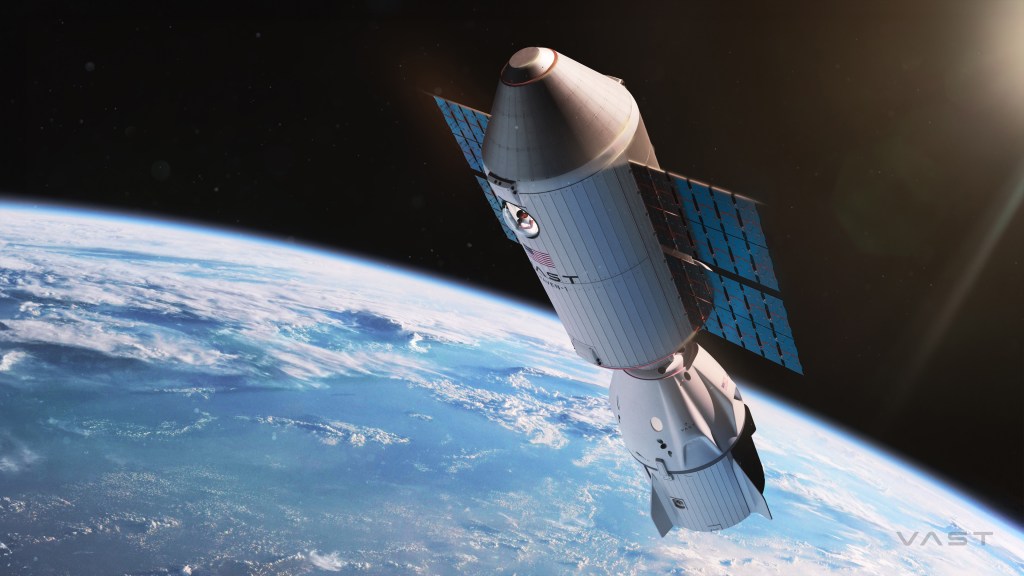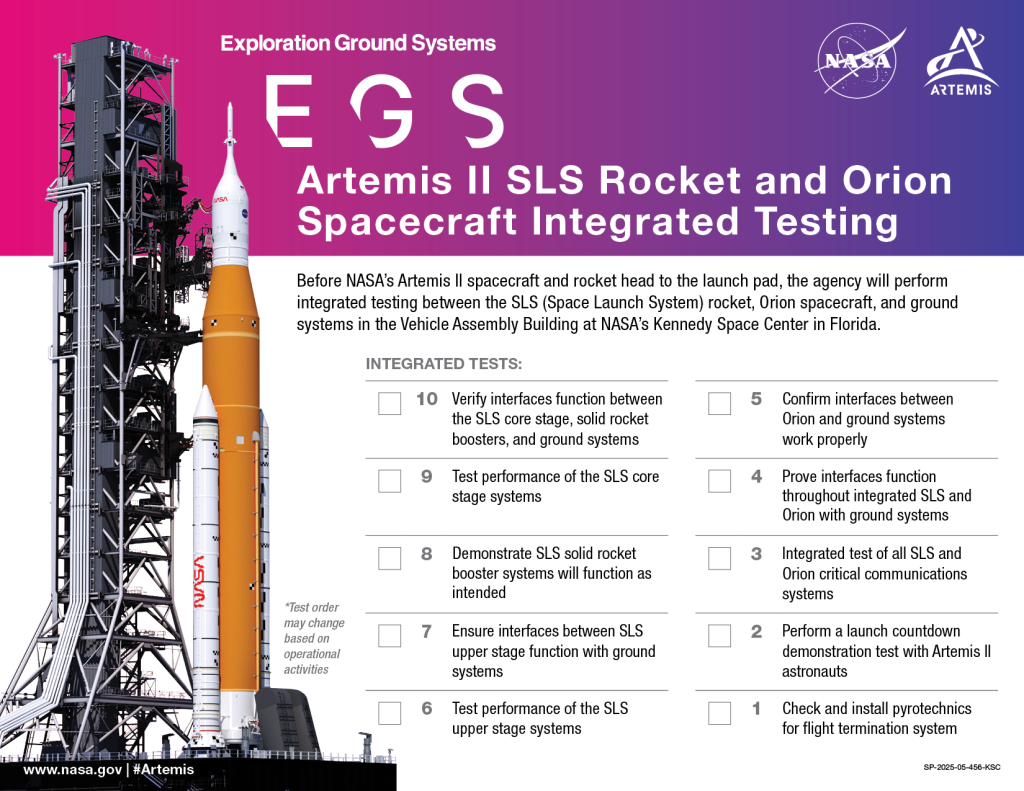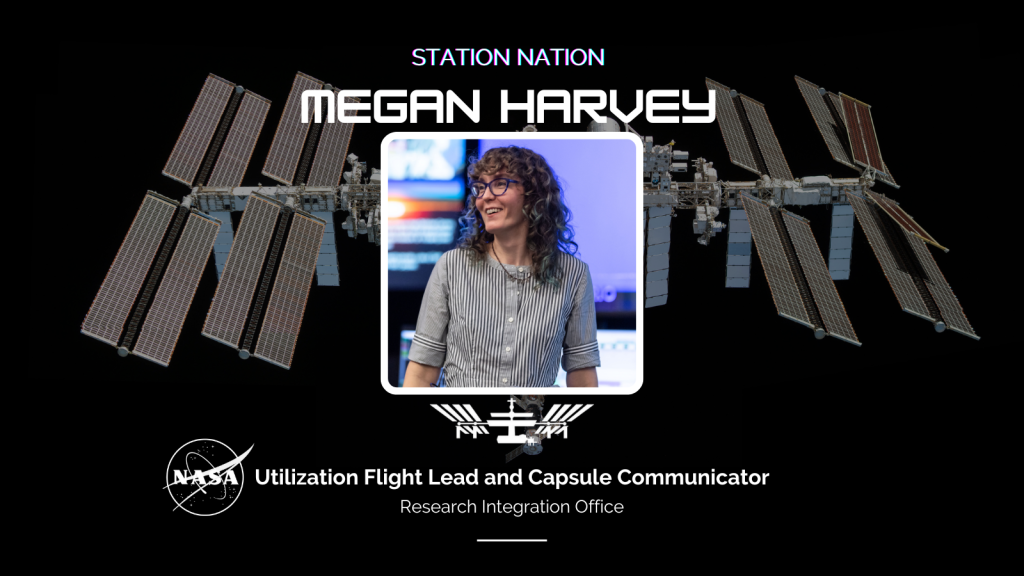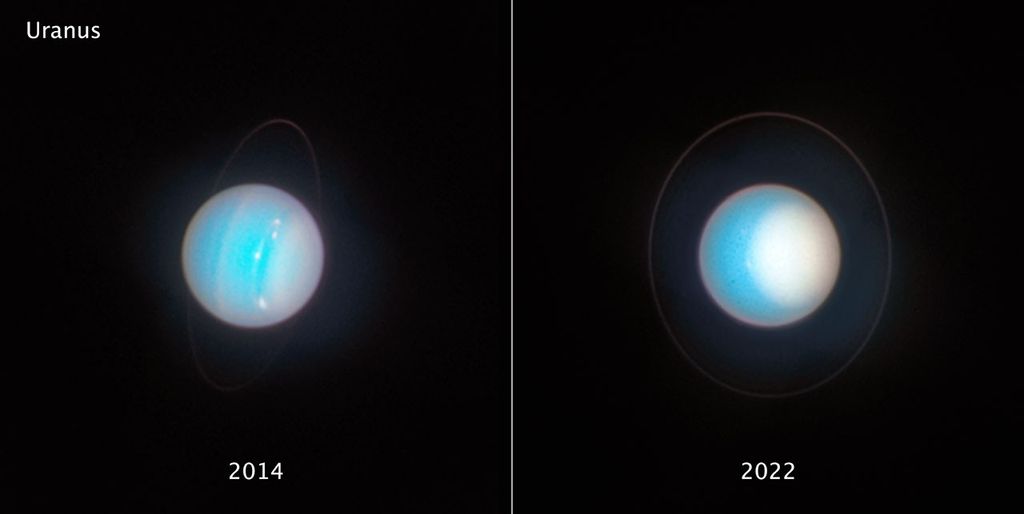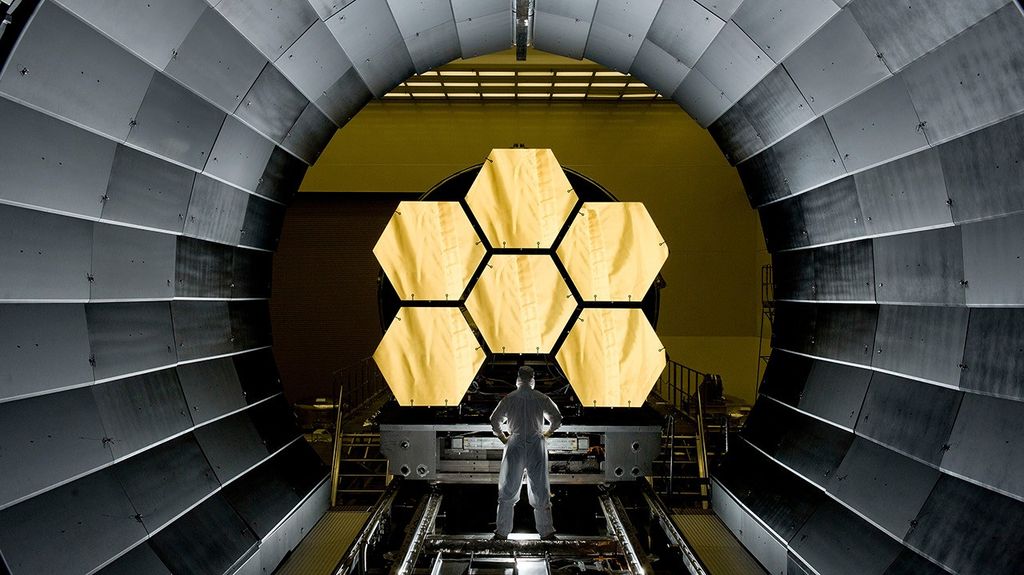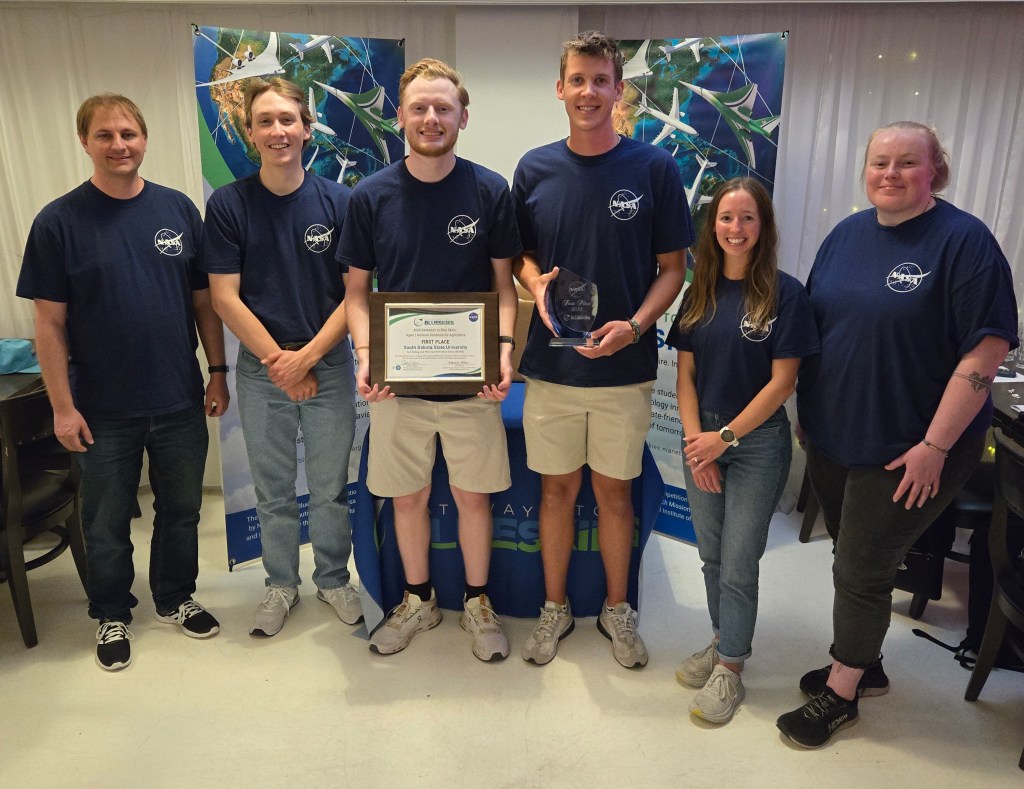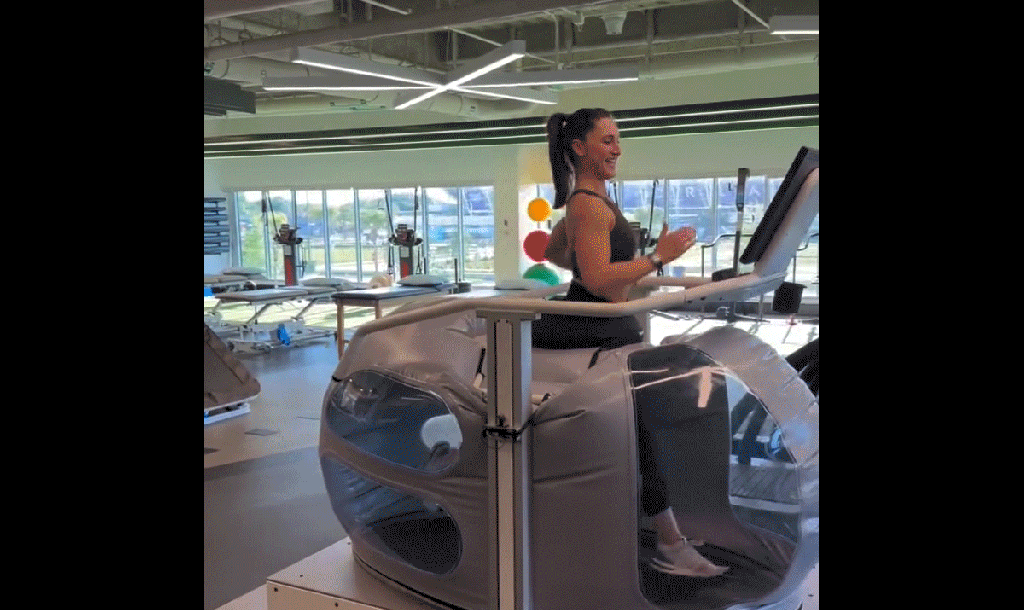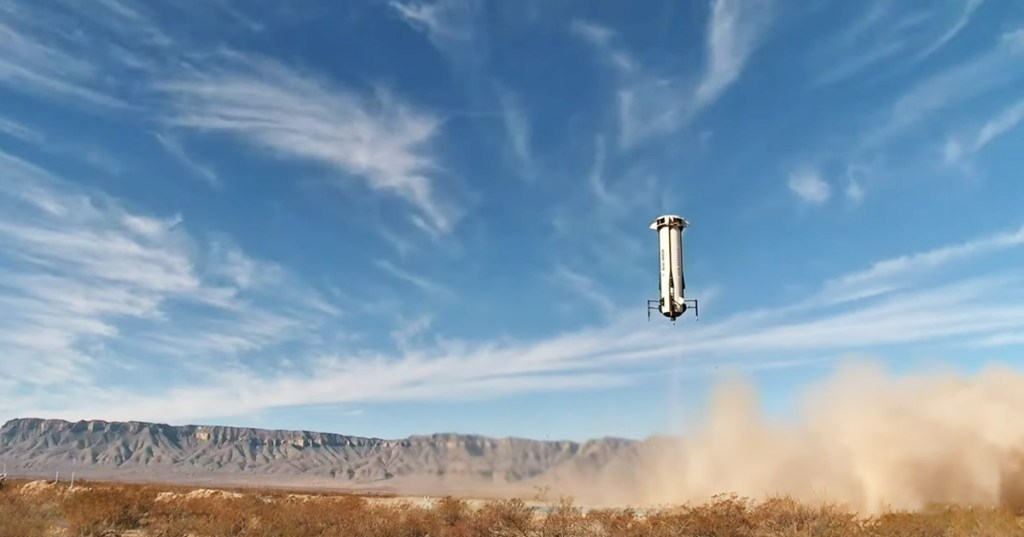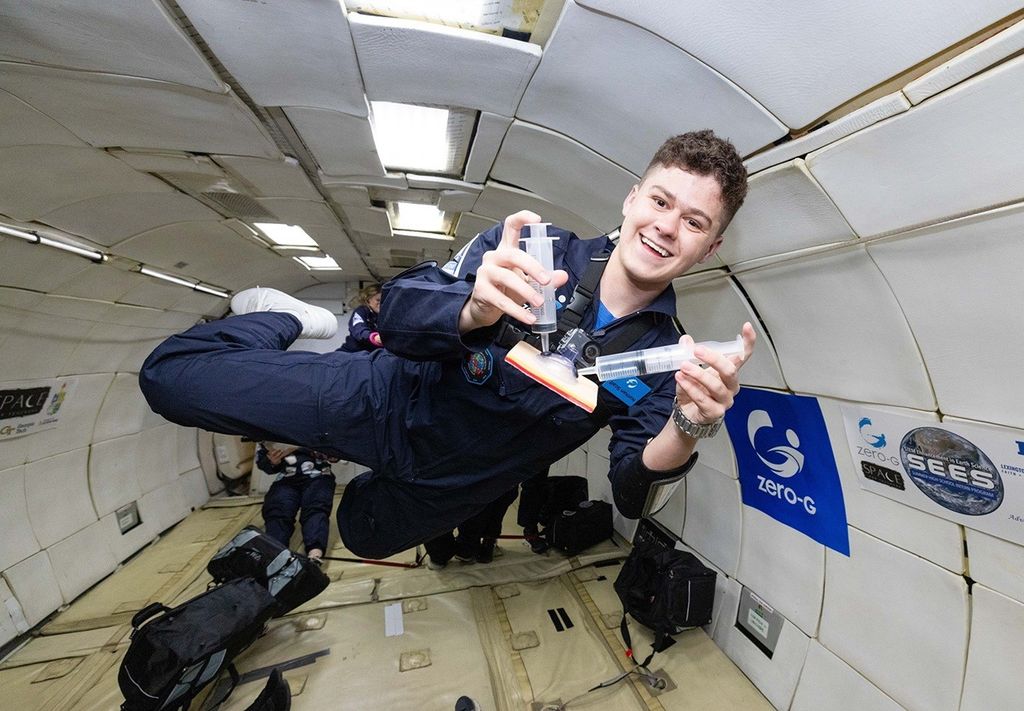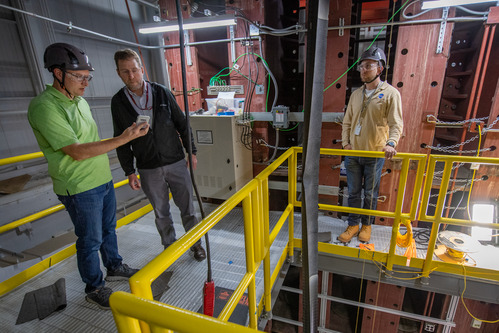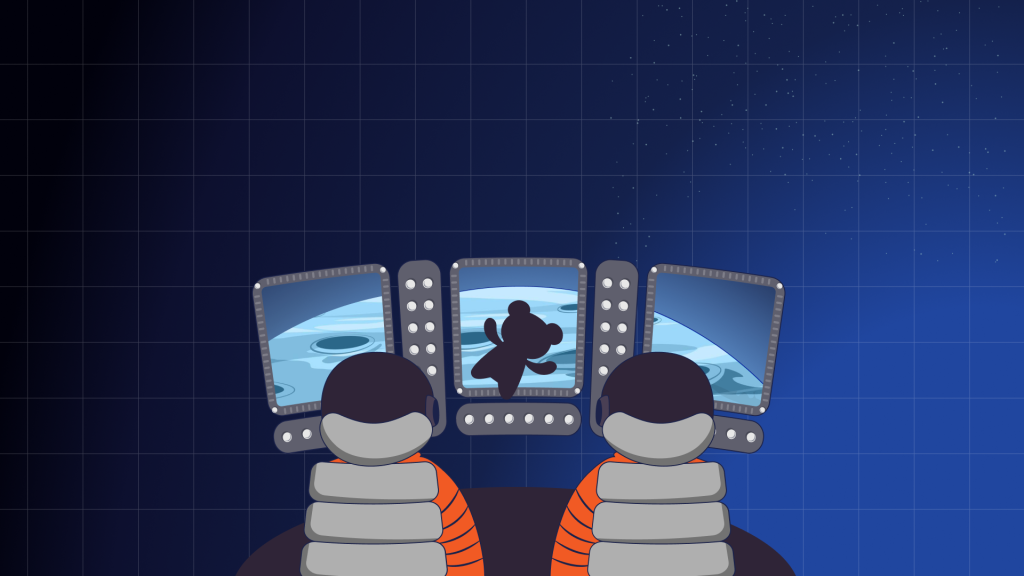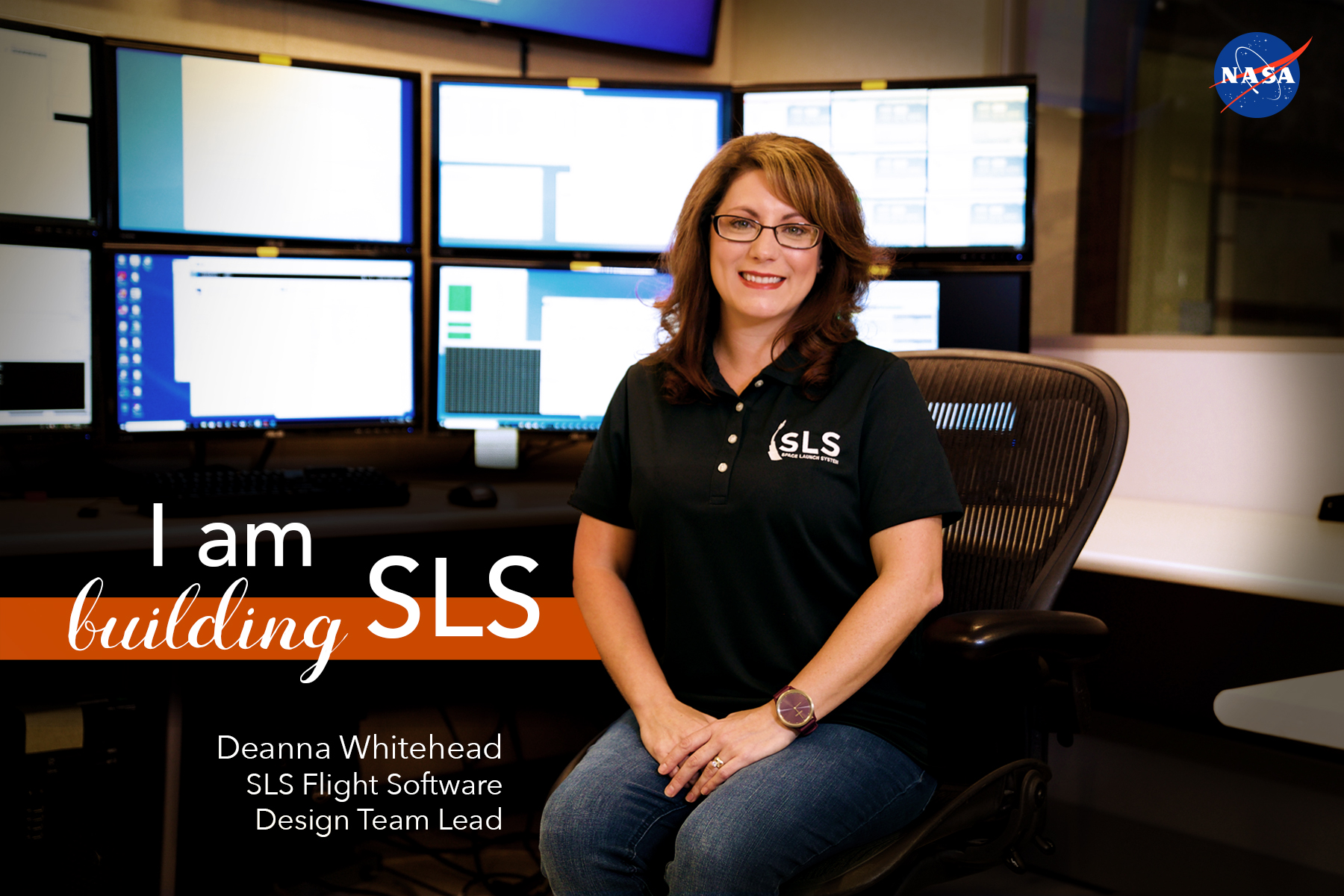I Am Building SLS: Deanna Whitehead
Building the world’s most powerful rocket isn’t a sprint. It’s a marathon-like effort. NASA’s Space Launch System (SLS) rocket will return American astronauts to the Moon through the Artemis program, and I’m part of the team that is helping us get there.
I am the design team lead for the SLS flight software team. I write code for what looks like the “skeleton” of the rocket: the rocket’s flight computers and avionics that form a complex structure inside the rocket. Although the avionics are invisible when people watch the SLS launch, these systems play a critical role in getting the vehicle to space. During the first eight minutes from liftoff until core stage separation from the in-space stage and Orion, the main “brains” controlling the rocket are the flight computers located inside the core stage.
Together, the flight computers communicate with the other avionics for the four RS-25 engines and the two solid rocket boosters, which provide more than 8.8 million pounds of thrust to power the trip to the Moon. The three flight computers and the flight software harness the rocket’s immense power by processing data to determine how the rocket will react and guiding its flight.
Because writing the software to control a launch vehicle is a daunting task, we use the agile software methodology. That means my team and I divide the work to be done into small chunks, or sprints, that focus on specific interfaces and situations for the vehicle. We focus on one sprint at a time for a month or two, and then move onto the next sprint. The method is twofold: It makes such a big job less intimidating, and my team and I are able to intimately review every facet of the rocket’s software so we fully understand its capabilities.
As an avid long-distance runner, I apply my personal training to the progress of the rocket. Every day, every week and every month, I’ve worked hard on the sprint and endurance sets so that we can reach the end goal: launching the SLS rocket and taking a new giant leap for deep space exploration.
I know each Artemis launch is a culmination of many hours of effort by dozens of teams across the country. The flight software team has been involved with the build-up of the SLS rocket from the very beginning. As completed hardware for Artemis I, the first mission of SLS and Orion, is delivered to NASA’s Kennedy Space Center in Florida, the flight software team and I are already writing software to fly the second and third Artemis lunar missions.
As a child of the ‘80s, I grew up watching each of the space shuttle launches on TV. In fact, the first launch was on my first birthday. To now be part of the team for the Artemis missions that will send astronauts to the Moon is a thrill.
When Artemis I launches, I will be sitting at the ready in the SLS Engineering Support Center at Marshall, monitoring the flight software I helped write for the rocket that will enable humankind to build a sustainable presence on the Moon — and inspire a new class of American Moon walkers.

